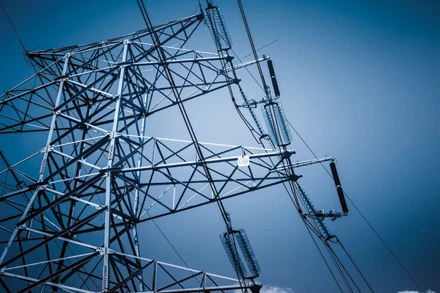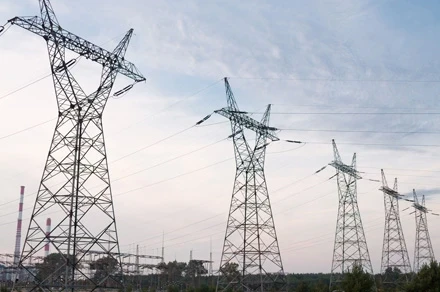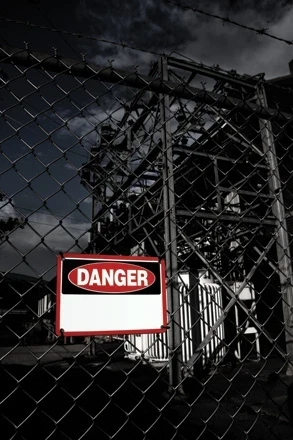White Paper: Utility Investment Valuation Strategies

It has long been recognized that electricity and water infrastructure throughout the United States is aging faster than it is being repaired. It has been estimated that the long-term impact due to this underinvestment will be a significant decrease in the U.S. GDP in the coming years. In addition to the declining state of infrastructure, new external priorities, such as the adoption of renewable energy sources, are putting new types of pressure on utilities’ resources. This confluence of events is generating renewed pressure to find new and more robust investment strategies that can keep up with these changes.
Traditional approaches to making capital investment decisions and prioritizing operations and maintenance (O&M) projects have relied heavily on methods such as Net Present Value (NPV) and Cost Benefit Analysis (CBA). The veracity of these models is contingent upon assumptions about the future returns from the prospective investments.
Increasingly, the rise of uncertainty in utilities operations is, however, compromising these assumptions and the ability of utilities and regulators to predict with confidence what these expected returns will be. When using the deterministic NPV–like models, a consequence of high uncertainty tends to be lower valuation of projects. As a result, many projects that could end up being beneficial to both utilities and ratepayers are not undertaken.






